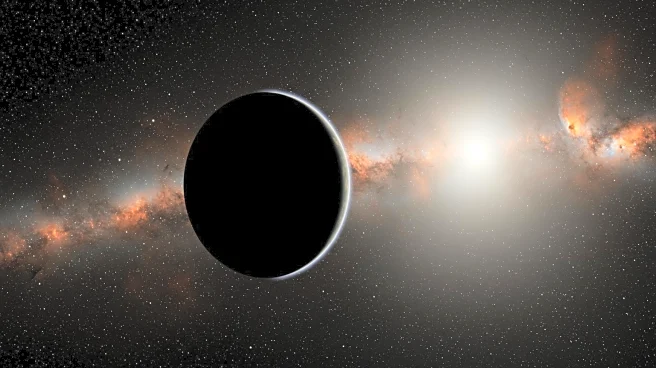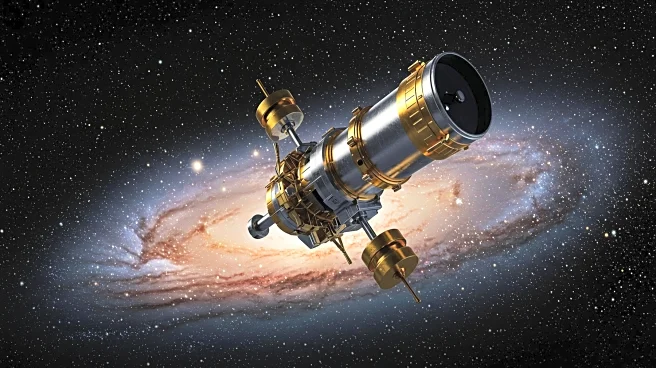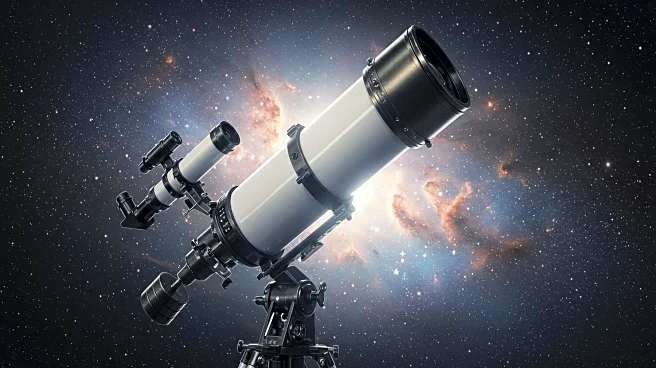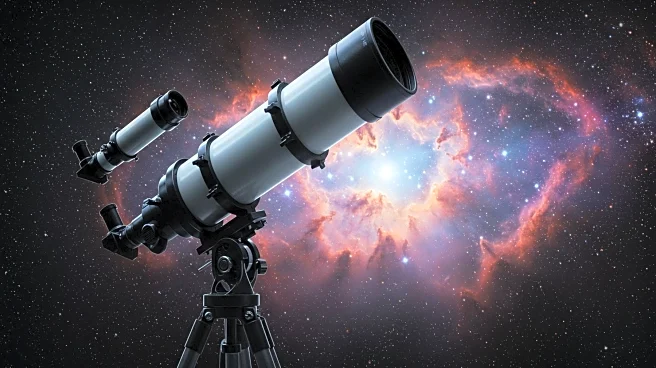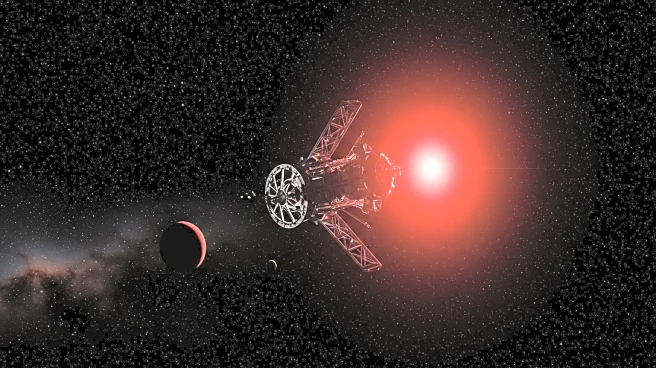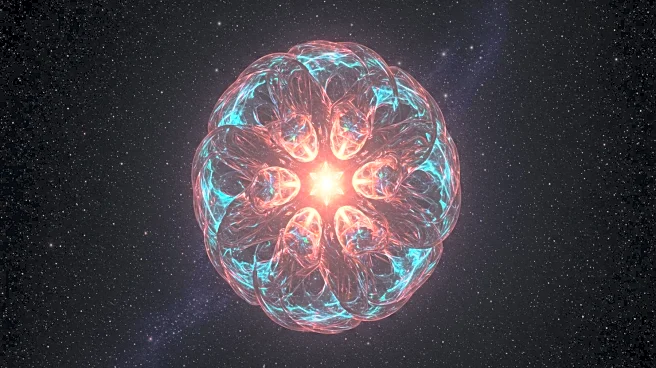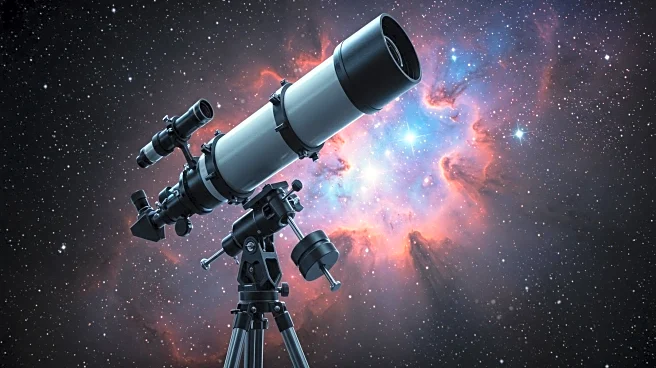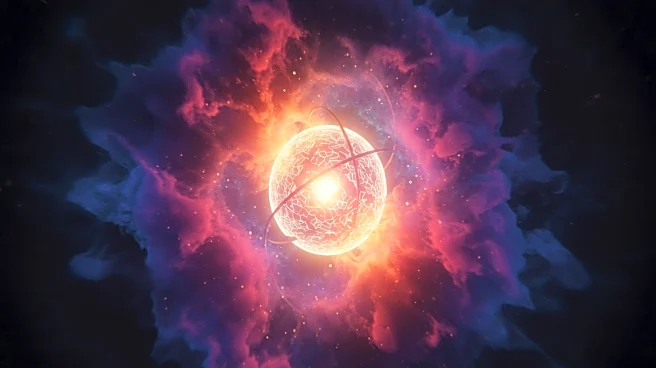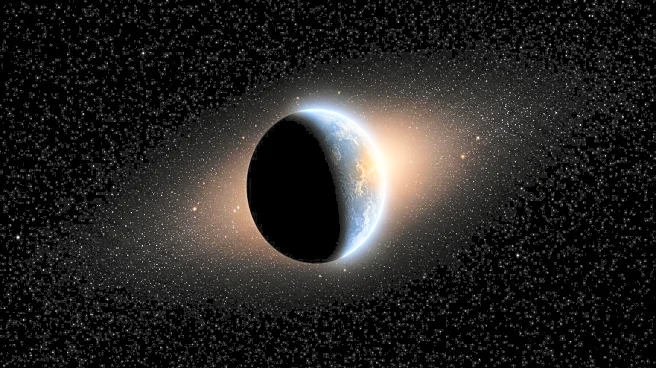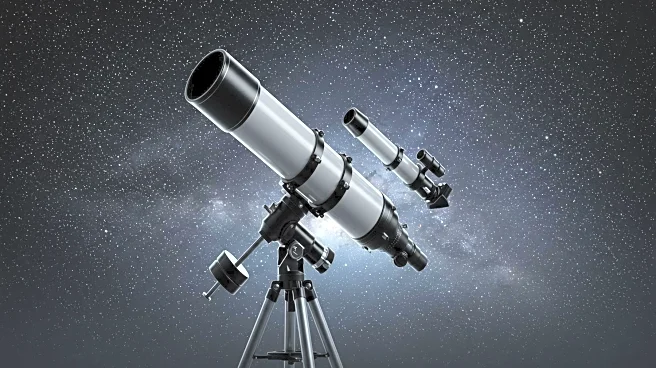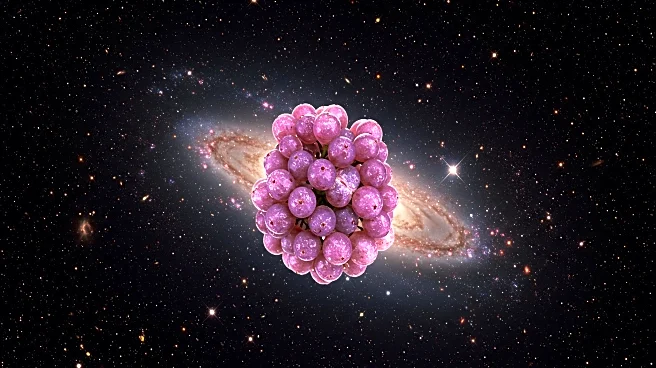What's Happening?
The James Webb Space Telescope has revealed that TRAPPIST-1d, a planet in the TRAPPIST-1 system, does not have an Earth-like atmosphere. This discovery adds to previous findings that the innermost planets in the system also lack such atmospheres. Despite this, four other planets remain potential candidates for habitability, with conditions that could allow for liquid water.
Why It's Important?
The absence of an Earth-like atmosphere on TRAPPIST-1d impacts the search for habitable exoplanets, particularly around red dwarf stars. These stars are common in the galaxy, increasing the chances of finding habitable worlds. Understanding atmospheric conditions is crucial for identifying planets that could support life, guiding future exploration missions.
What's Next?
Future missions will continue to explore the TRAPPIST-1 system, focusing on the remaining planets that may possess atmospheres capable of supporting life. The European Space Agency's PLATO mission will enhance the search for rocky planets in habitable zones. Researchers will also investigate other red dwarf systems for potential habitable worlds.
